"The National Gallery ofUmbria is the most civic-minded state museum there is." Interview with director Marco Pierini
A museum that has changed its face: this could be said of the National Gallery of Umbria in Perugia, which since 2015, that is, since it became an autonomous museum following the Franceschini reform, under the direction of art historian Marco Pierini (whose appointment has been renewed for another term), has undergone radical renovations. Lots of initiatives (meetings, workshops, concerts), high-level exhibitions of all kinds (from ancient art, i.e., the main “sector” of the museum, to contemporary art, passing through photography), a museum open to the city, visitors who in five years have almost doubled. We spoke with director Marco Pierini about how the National Gallery of Umbria has changed and what his idea of a museum is. The interview is by Federico Giannini, editor in chief of Finestre sull’Arte.
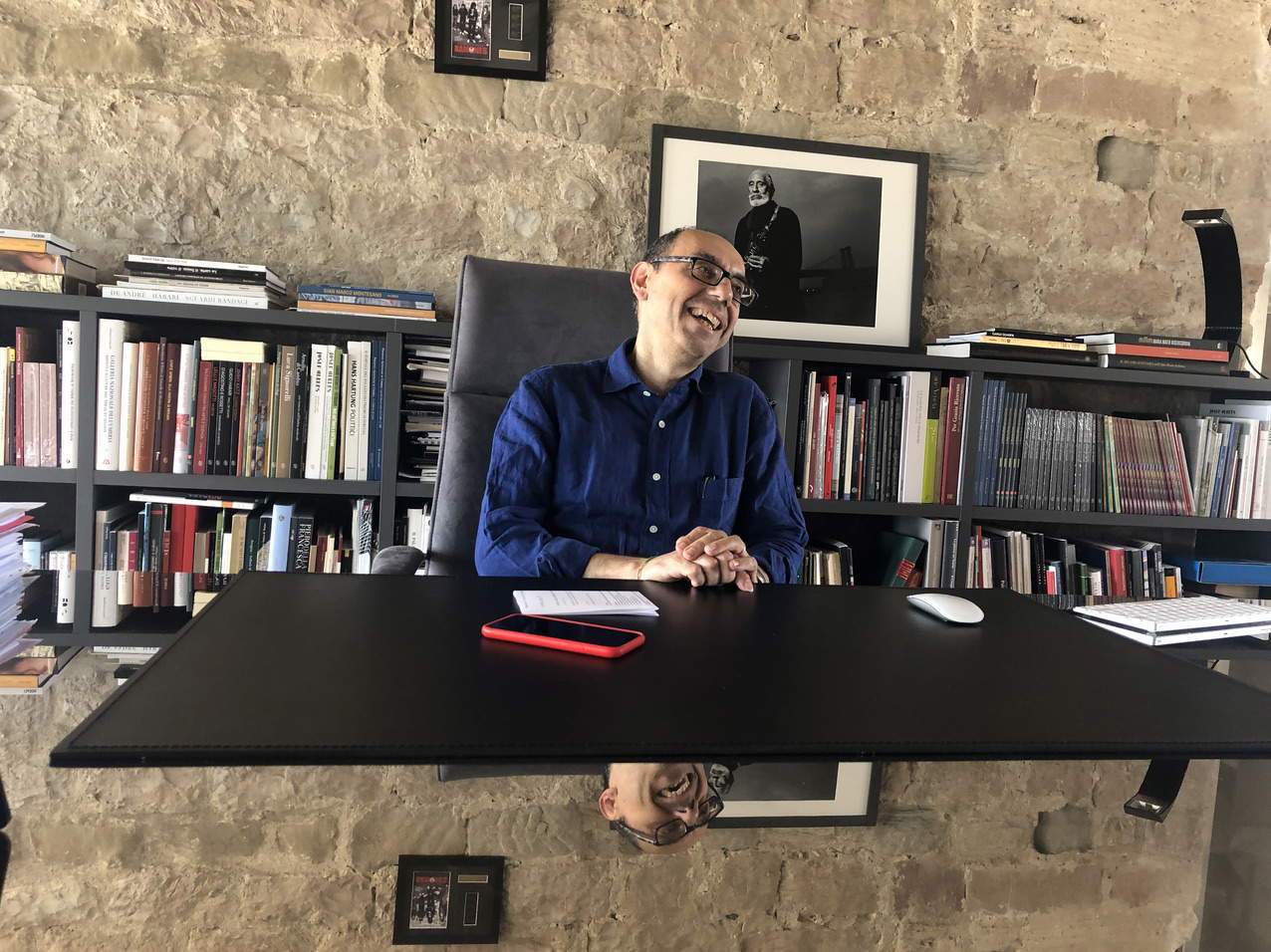 |
| Marco Pierini |
FG. Director, you were among the first directors of the new autonomous museums to enter through the 2015 competition and, in the summer of 2019, you were reappointed to lead the National Gallery of Umbria for a new term. What was the situation you inherited at the beginning of your tenure? Can you take stock of your first five years at the helm of the museum?
MP. For me, the balance sheet is really very positive, especially when I think that the day I arrived (on October 1, 2015) I found bills to pay that dated back to 2012 as well, very few staff and quite challenged, no project, no program. In the span of four years we miraculously managed (all together: “historical” staff and new arrivals) to bring the Gallery’s name back into the national and international art chronicles, also restoring the museum’s centrality as the city’s cultural engine. We were able to change all the systems (lights, boilers, cooling, humidification), redo the storerooms, plan a restoration laboratory (which was not there) and a library that will be open to the public within the year, and finally plan the remounting of the collection that will take place in the first six months of 2021. Now the Gallery is truly a great running machine!
Under your direction, the museum has significantly increased its visitors from 64,440 in 2014 to 96,238 in 2019. What are the secrets of this success? And how much did the autonomy that the National Gallery of Umbria got with the first Franceschini reform affect it?
First of all, a fantastic team, professionally excellent and humanly extraordinary. Secondly, I believe that the cultural, innovative, open, participatory project has been well received by the citizens and visitors from outside. Add to this that the programming has been really relentless and the exhibitions have been happening at a rate of at least three per year, while in the last two so-called “side events” have been more than 150 per year. Heritage research has also been encouraged, leading to new attributions, dating, and evaluations. All this without the autonomy provided by the Franceschini reform would have been in part very difficult to achieve, in part even impossible.
The “new course” of the National Gallery of Umbria has been distinguished by the multiplicity of viewpoints. Usually, we think of Your institution as a museum devoted to the art of the Middle Ages and the Renaissance. But in these five years your “offer” has been decidedly broader. There have been exhibitions more in line with the “tradition” of the museum, but we have also seen contemporary art (I am thinking of the Hans Hartung exhibition), music, photography. What are the guidelines on which you wanted to base the Gallery’s exhibition program?
In summary, I would say the desire to open the doors of the Gallery as much as possible and to propose an idea of the museum as a center that promotes culture and not only as a place deputed to preservation and contemplation. Photography, for example, once a year allows us to attract the audience of the great music festivals (we have exhibited some of the greatest music photographers such as Silvia Lelli and Roberto Masotti, Luca DAgostino and Luciano Rossetti, Guido Harari, Jimmy Katz), while contemporary art represents a natural continuation of the exhibition path, since art has certainly not stopped in the last two centuries! Opening up to literature, comics, and music has allowed us to broaden the catchment area and expand our cultural offerings at the same time.
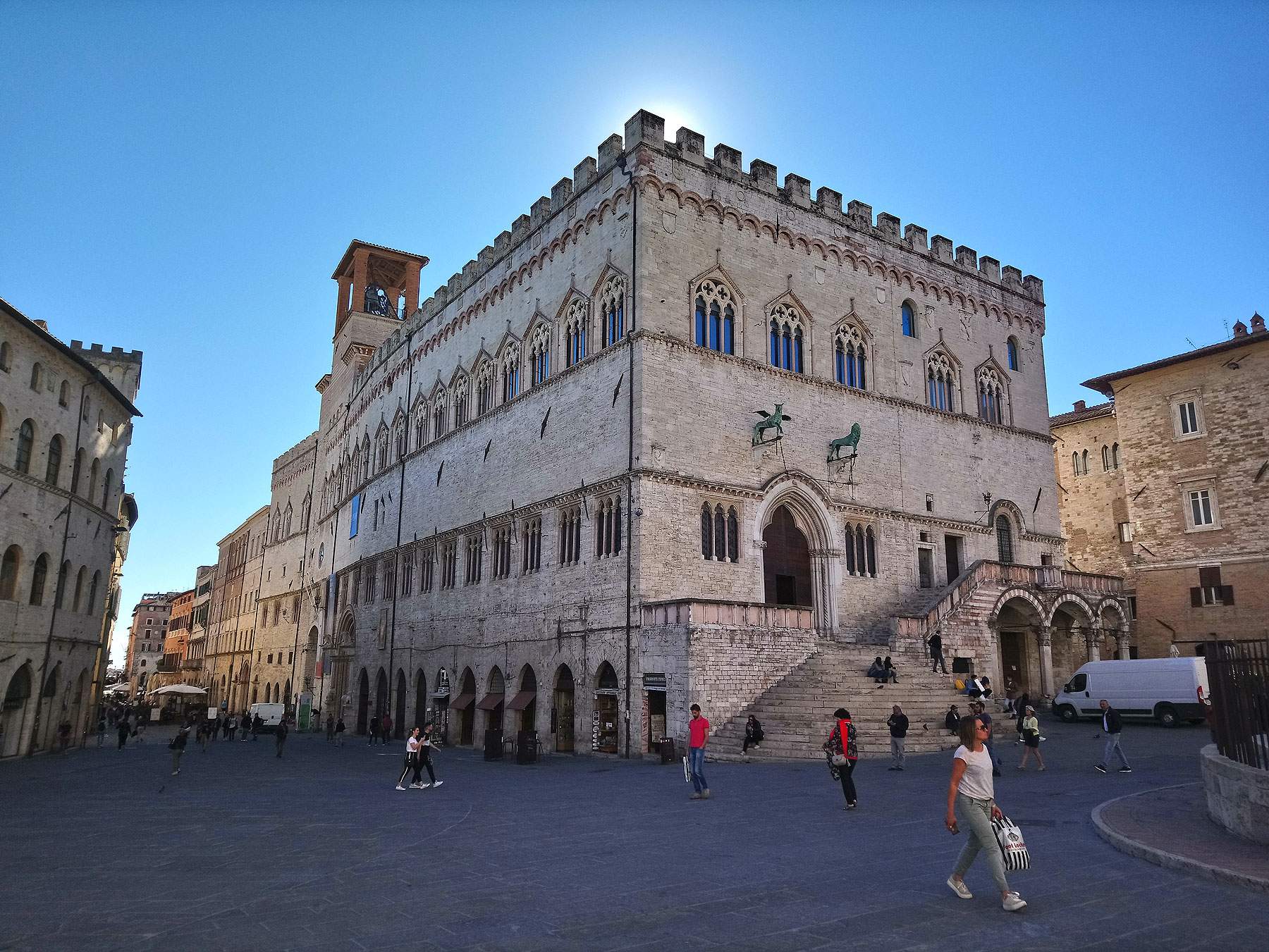 |
| Palazzo dei Priori, home of the National Gallery of Umbria. Ph. Credit Finestre Sull’Arte |
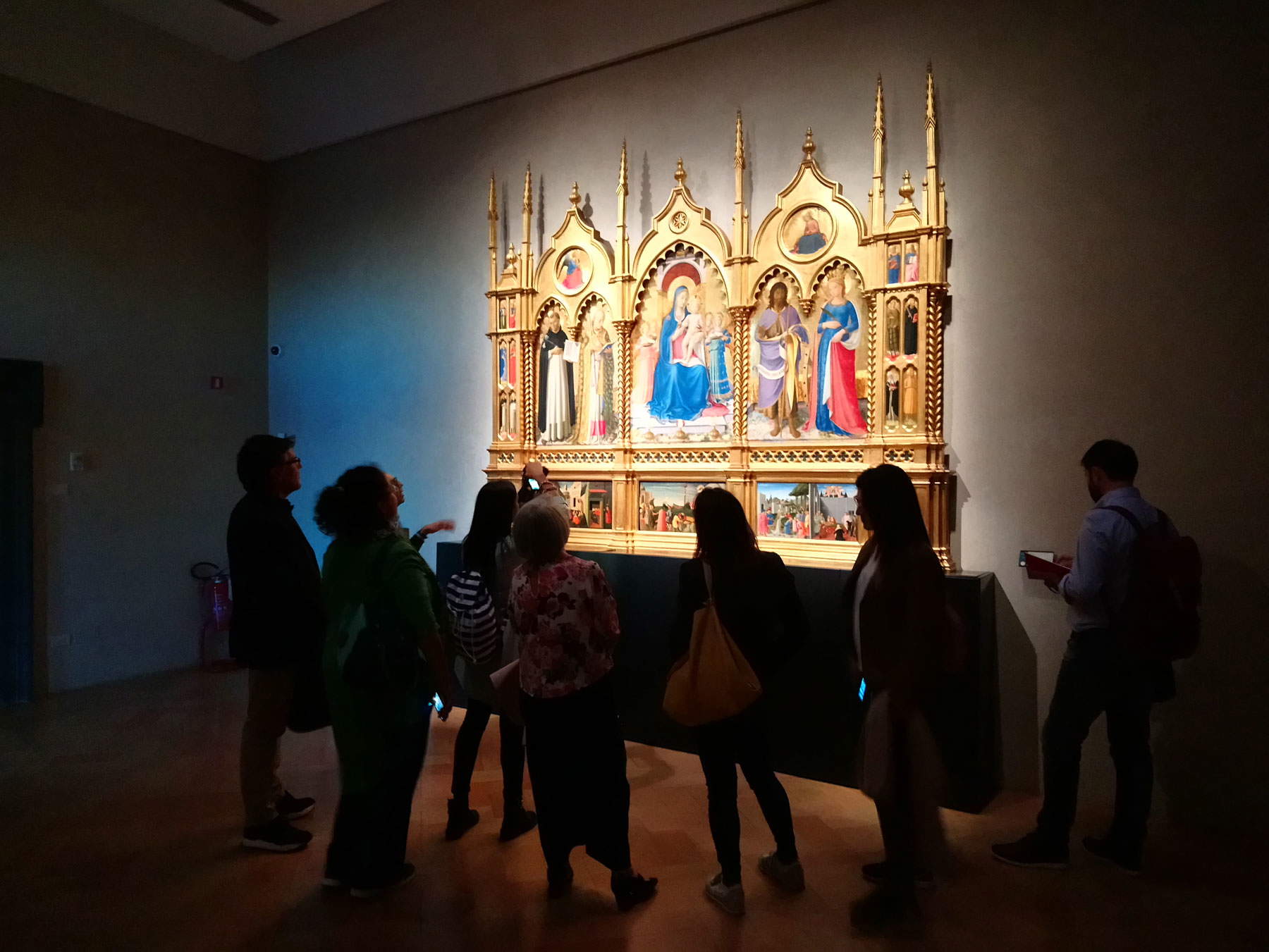 |
| Inside the National Gallery of Umbria. Ph. Credit Finestre Sull’Arte. |
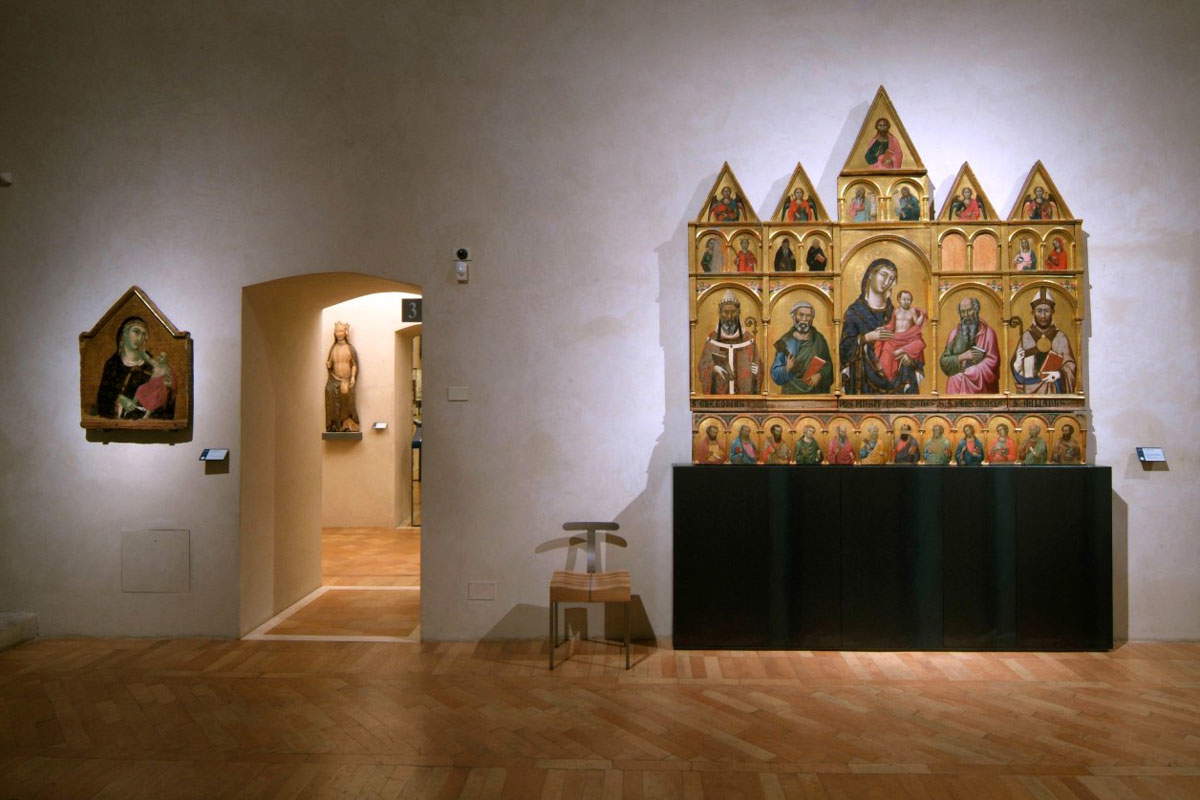 |
| Inside at the National Gallery of Umbria. Ph. Credit GNU. |
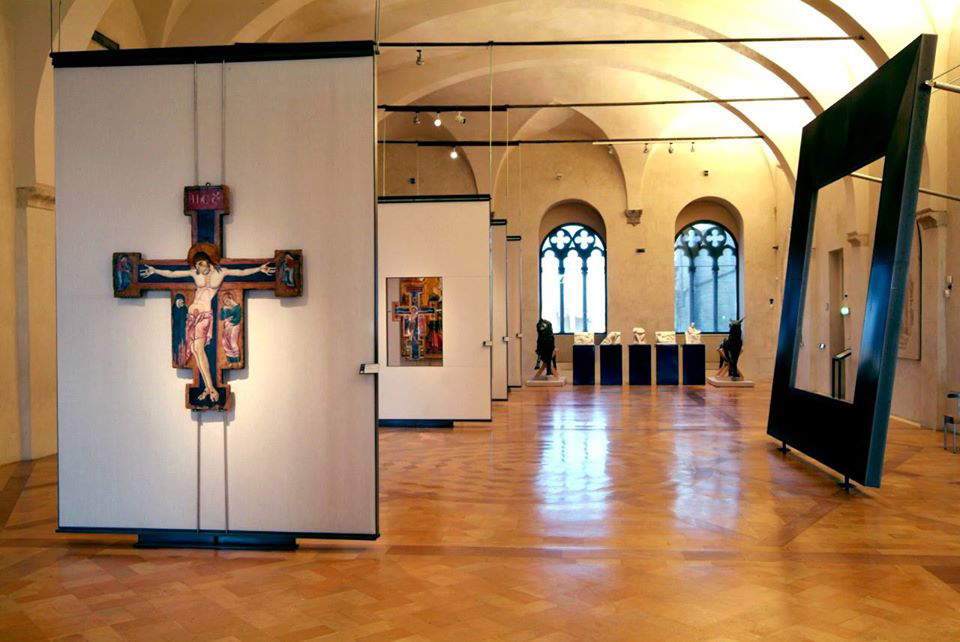 |
| Inside at the National Gallery of Umbria. Ph. Credit GNU. |
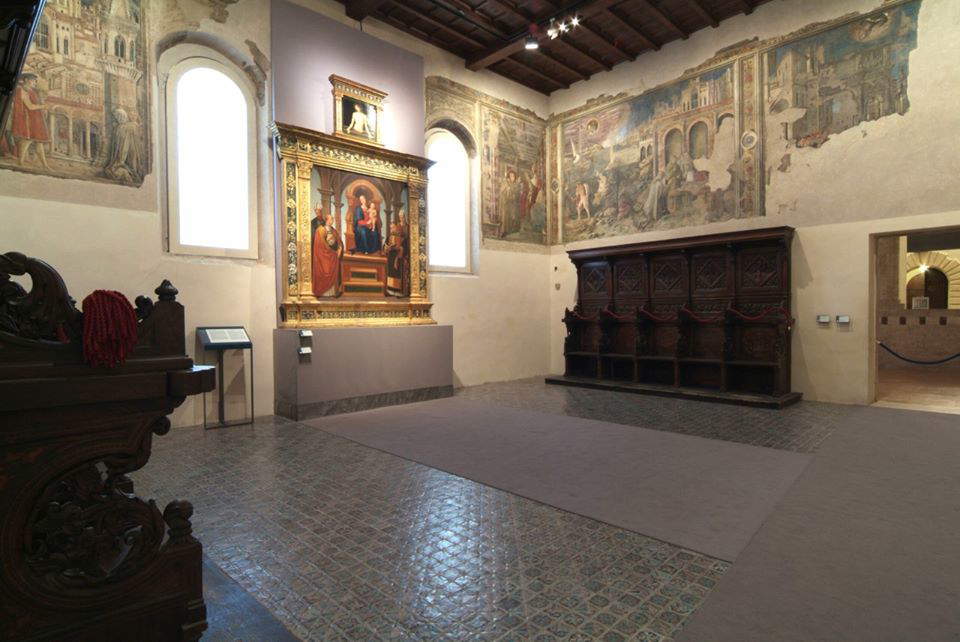 |
| Inside the National Gallery of Umbria. Ph. Credit GNU |
I’d like to remember one exhibition, the one on soap bubbles, for two reasons: first, because it tackled an “unusual” topic with a serious scientific project, and then because it was able to unite different disciplinary fields, enjoying success with the public and critics. How important is it today, for a museum that wants to be modern and up-to-date, to be so transversal?
For me it is fundamental, also because I have always not believed in the clear separation between humanistic and scientific culture (after all, Piero della Francesca and Leonardo, among others, explained it to us just fine). It was great to design the exhibition together with a great mathematician like Michele Emmer and to treat the iconographic and the scientific theme together and as equals. The educational activities (balancing physics and art history) were also amazing and stimulating, both for kids and adults.
Now, however, you are preparing the exhibition on Taddeo di Bartolo, the first monographic exhibition dedicated to the great Sienese painter. Can you give us some previews?
The exhibition dedicated to Taddeo di Bartolo could only be imagined in Siena or Perugia, which, after his (and my... ) hometown, preserves important works by the painter, including the great polyptych he made for the Perugia church of San Francesco al Prato. It is precisely the reconstitution of the polyptych, with its predella elements and the surviving parts of the upper register, that forms the basis of the exhibition, allowing for the first time to restore, as far as possible, unity to one of the Gallery’s masterpieces. Around the polyptych, curator Gail E. Solberg, among other things the author of a ponderous two-volume monograph on the artist due out in the coming months, has built a path that tells Taddeo’s story as an itinerant master of the polyptych for central Italy at the turn of the 14th and 15th centuries.
You are now also acting director of the Galleria Nazionale delle Marche: your colleague Peter Aufreiter, who preceded you in the role of director of Urbino, told us a few weeks ago that “the era of large exhibitions will soon come to an end.” Indeed, in an op-ed for our print magazine she wrote that “even now it is already very difficult to have works by great artists on loan, and the awareness has matured more than ever that in the event of problems the risk is that the works will be irreparably damaged. On the other hand, people now have opportunities to travel that they once did not have. And again, continuing to organize large exhibitions runs the risk of being repetitive and not very in line with public expectations.” What are your views on this issue?
I quite agree in principle. However, we should not confuse exhibitions (the real ones, the ones born of study and research) with mere piles of works intended for pure contemplation. In the former case, subject to the verification of the “health” condition of the works, moving them is justified (see precisely what we are doing now in the Gallery with Taddeo di Bartolo), in the latter frankly much less so...
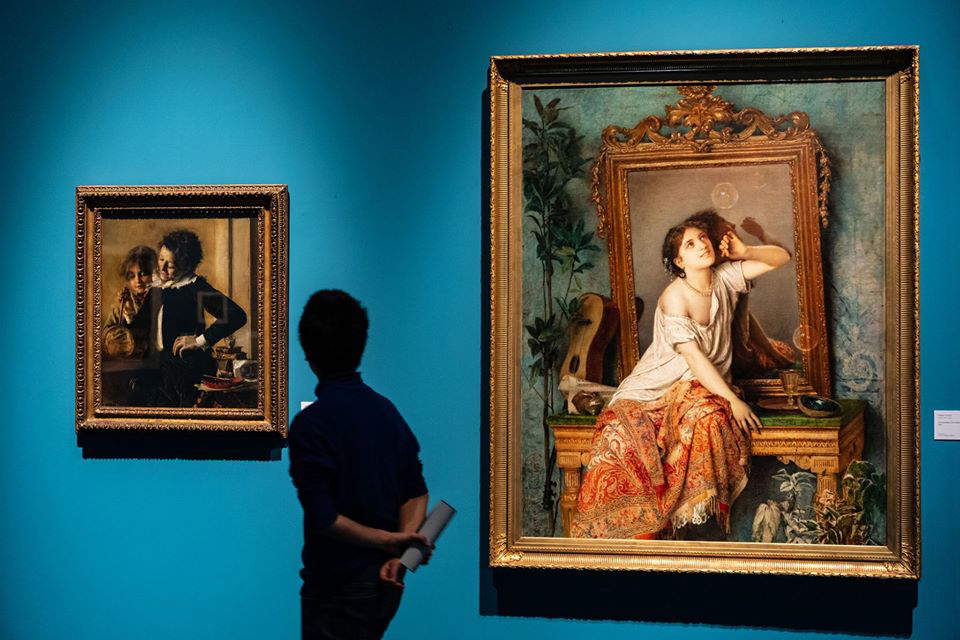 |
| Visitors to the exhibition Soap Bubbles. Forms ofutopia between vanitas, art and science. Ph. Credit GNU |
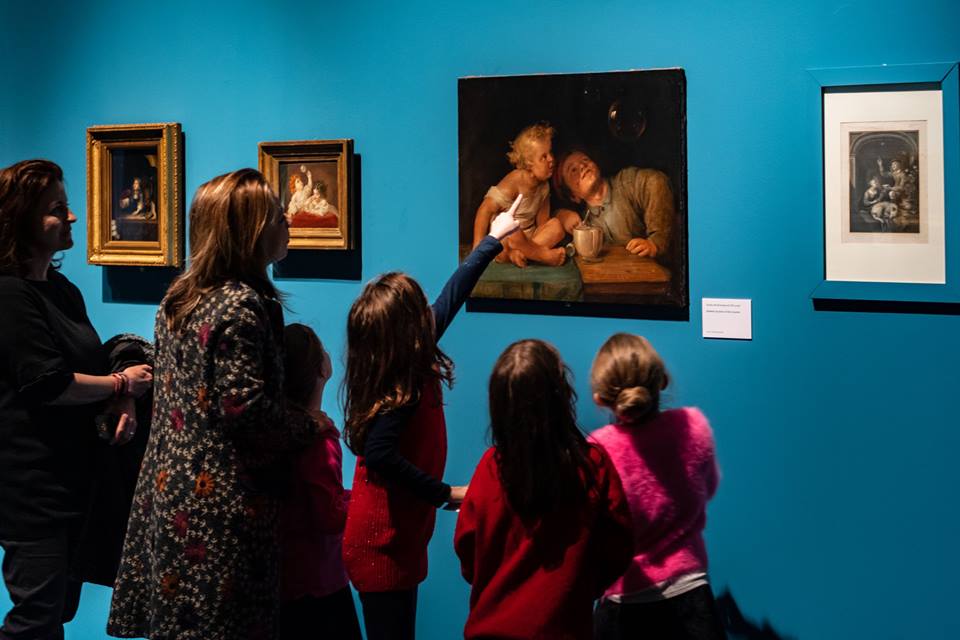 |
| Visitors to the exhibition Soap Bubbles. Forms ofutopia between vanitas , art and science. Ph. Credit GNU |
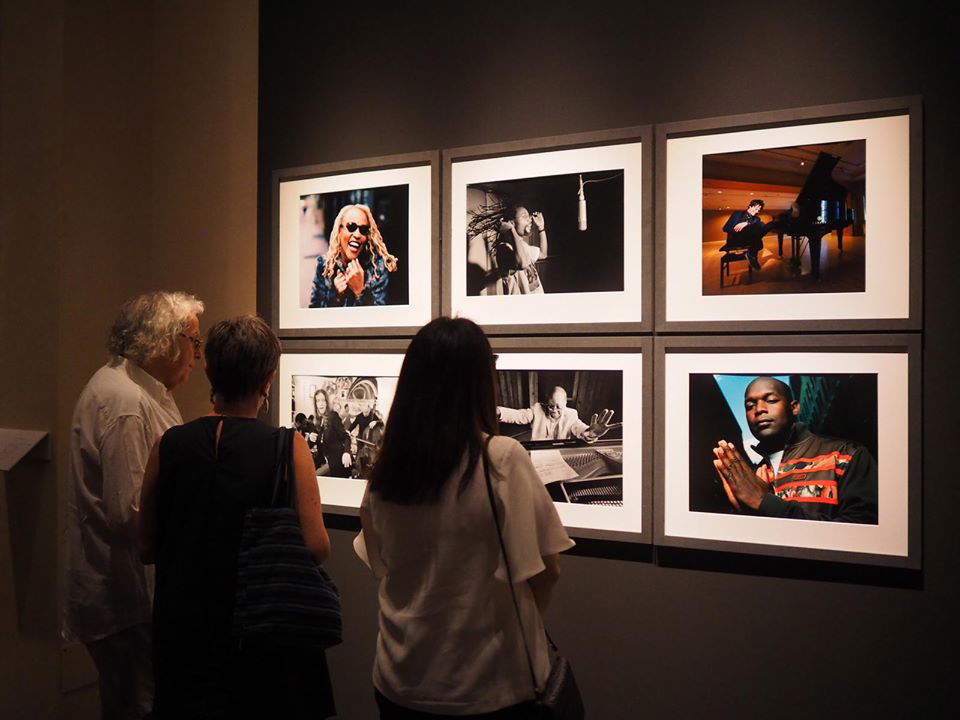 |
| Visitors to Jimmy Katz’s photography exhibition. Ph. Credit GNU |
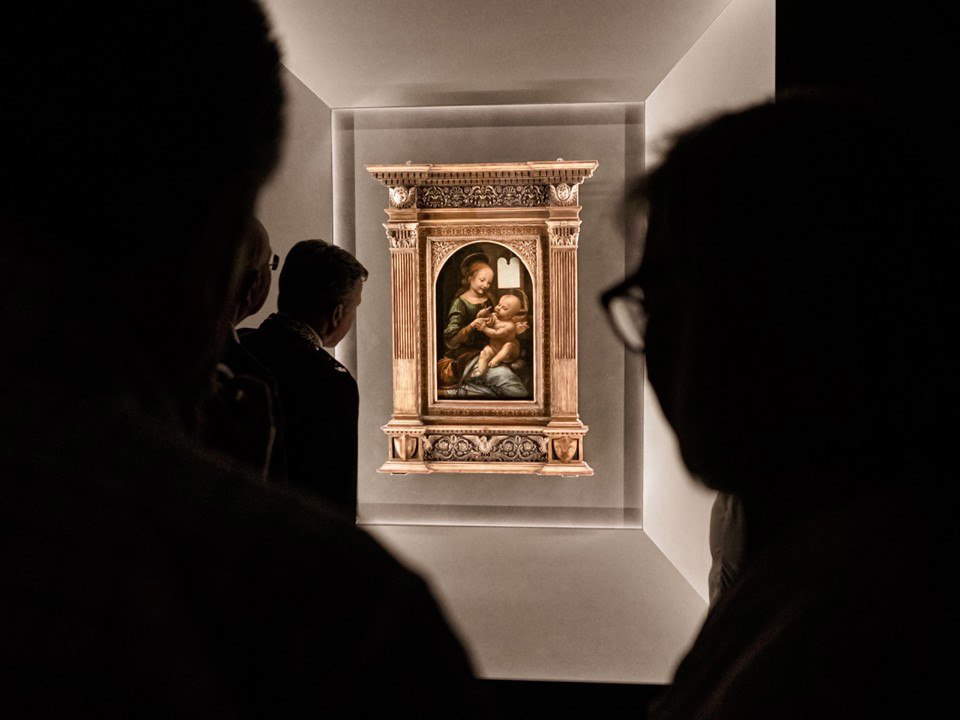 |
| Visitors observe Leonardo da Vinci’s Madonna Benois. Ph. Credit GNU |
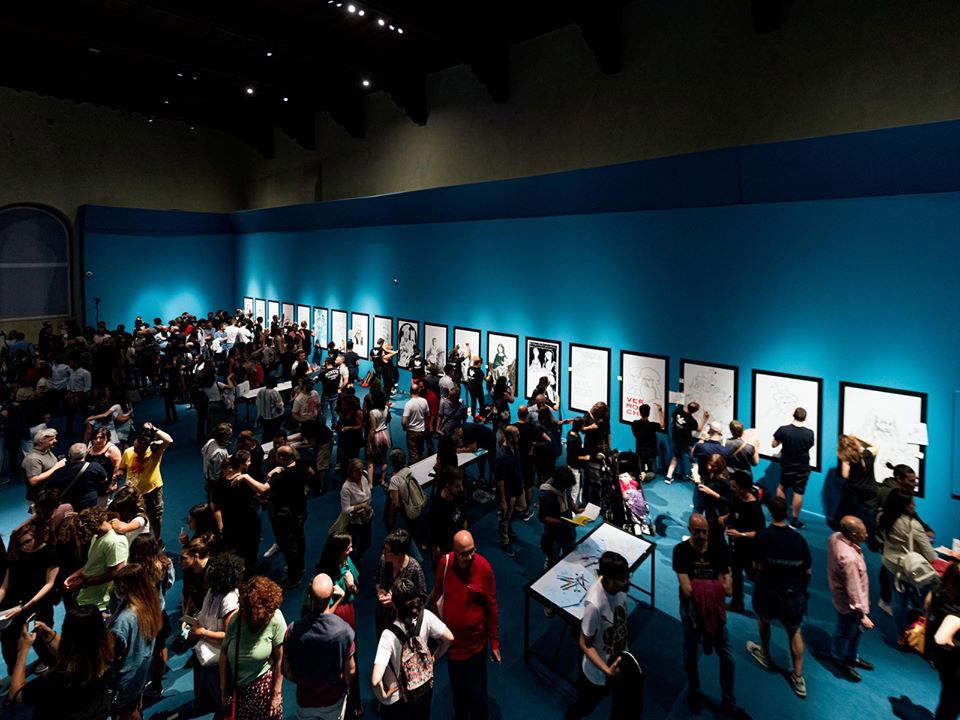 |
| Audience in the Gallery for an Umbria Jazz event. Ph. Credit GNU |
With the latest reform, moreover, the ministry has put the issue of cultural diplomacy in black and white: the dpcm of December 2, 2019 established that the Directorate General for Museums will have to take care of the promotion of cultural agreements aimed at organizing exhibitions and facilitating the international circulation of works of art. This is an issue that concerns you very closely, since last summer you hosted Leonardo da Vinci’s Madonna Benois for an exhibition that had all the hallmarks of the initiatives that inspired this new ministerial line. What is your position on the issue?
On loans, incoming or outgoing, we are always very cautious. As a rule, unless there are serious scientific reasons, we are disinclined to lend. Of course, entering into memoranda of understanding with major museums can be fertile ground for exchange and collaboration. We are in the process of signing an agreement with lErmitage (and the Benois Madonna was the first step in this understanding) together with the City of Perugia, the Region of Umbria and the Fondazione Cassa di Risparmio di Perugia that will allow jointly planning exhibitions and research activities.
From major international agreements to the city: one of the “structural” problems of Italian museums is the difficulty in attracting a local audience. Does the same apply to Perugia and the National Gallery of Umbria? It must be said that in this sense you have also been active with very valuable ideas: I am thinking of the dialogue with Umbria Jazz, but also of the most recent initiative, the annual Card...
Actually, this does not apply to us at all. As I always repeat, the National Gallery ofUmbria is the most civic state museum that exists. Not only is it housed in the city’s public palace, but it is felt as one’s own by all Perugini and Umbrians more generally. Our initiatives are always well attended by citizens, whether it is our programming (exhibitions, lectures, educational activities, the Islands review, the live drawing evening, etc.) or hosting or co-producing events with the major festivals in the area: Umbria Jazz, Trasimeno Music Festival, Sagra musicale umbra, LUmbria che spacca.
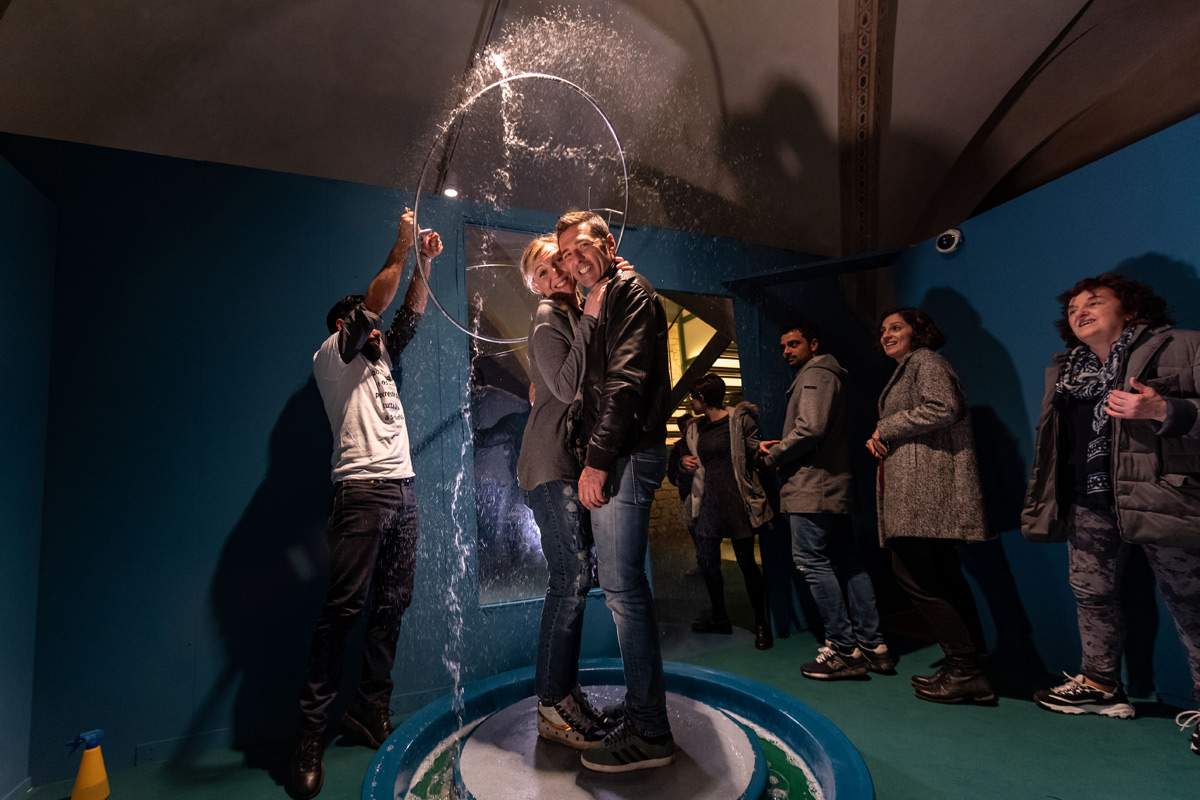 |
| Activities for the exhibition Soap Bubbles. Forms ofutopia between vanitas, art and science. Ph. Credit GNU |
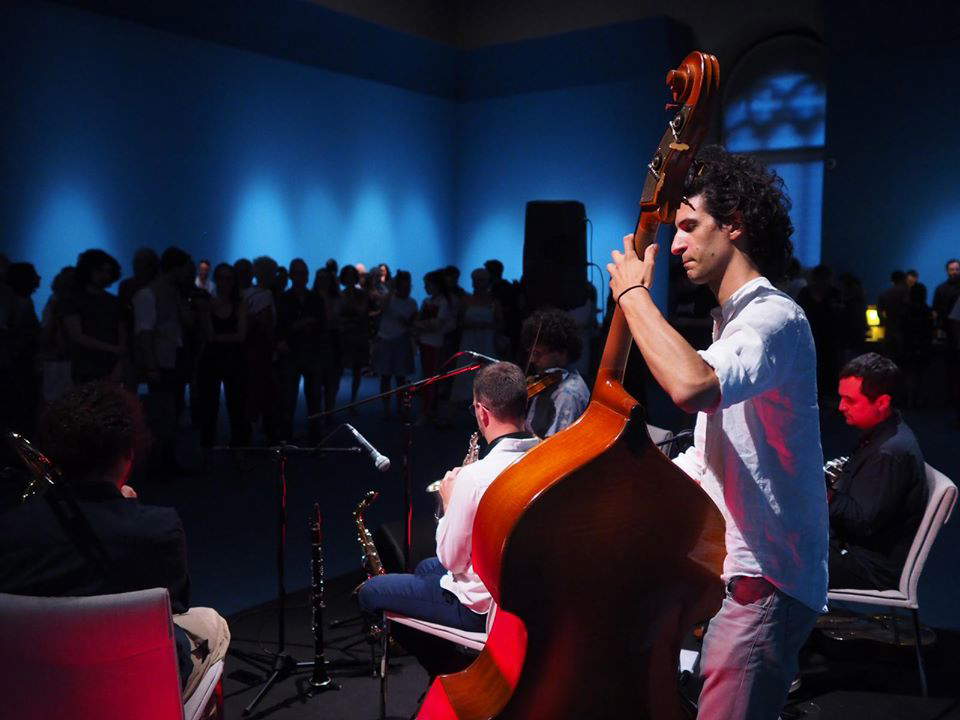 |
| An Umbria Jazz concert at the Gallery. Ph. Credit GNU |
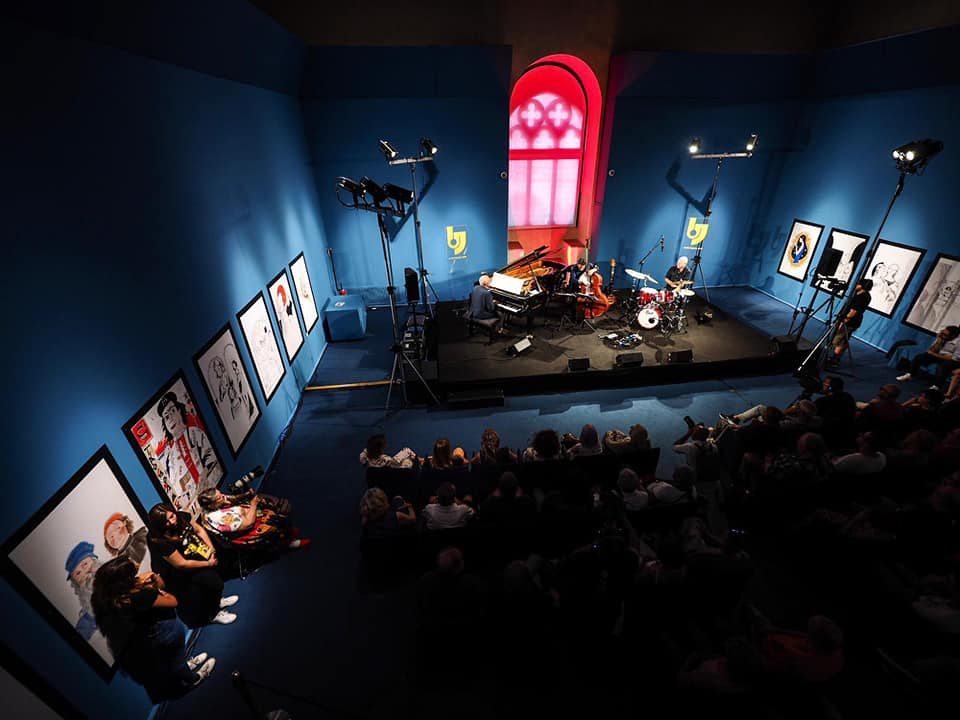 |
| An Umbria Jazz concert at the Galleria. Ph. Credit GNU |
More on initiatives for the public: let’s talk about free Sundays. We usually think about the impact they have on the most visited places: Uffizi, Reggia di Caserta, Pompeii, Colosseum. And many people think that, especially in the peak months, the most visited sites become ... unlivable. It would be interesting to know what the situation is like in a medium-sized museum instead, which is outside the top 30 most visited museums but still attracts almost a hundred thousand visitors a year. In your case, is the free Sunday a useful initiative? Have you encountered a different audience than usual on these occasions?
The audience of free Sundays, for us, can be divided into three categories: those who would have come anyway; regular visitors who take the opportunity to visit again, perhaps even a short distance from the last time; and visitors who take the opportunity to have a new experience. And perhaps, for the latter in particular, the free Sunday can be the stimulus to slowly turn into regular visitors. The numbers are also very high for us on free Sundays, but not such that it is an inconvenience for the museum or the staff (nor for the visitors themselves).
Finally, one last question: how is the dialogue with other museums in the area going? Umbria in this sense is a very rich region; in Perugia alone there are three other state-owned sites, not to mention all the rest of the cultural fabric of the city and region...
The dialogue with state museums is fruitful (and also easy, since the director of the Polo Museale, recently transformed into a regional directorate, is still me!) but also with other realities a good relationship of collaboration has been established, which has led to the sharing of some projects such as Tutta lUmbria una mostra (the exhibition with which we celebrated the centenary of the Gallery in 2018 and which involved almost all the museums in the territory as lenders) or the upcoming Raphaelesque celebrations.
Warning: the translation into English of the original Italian article was created using automatic tools. We undertake to review all articles, but we do not guarantee the total absence of inaccuracies in the translation due to the program. You can find the original by clicking on the ITA button. If you find any mistake,please contact us.





























